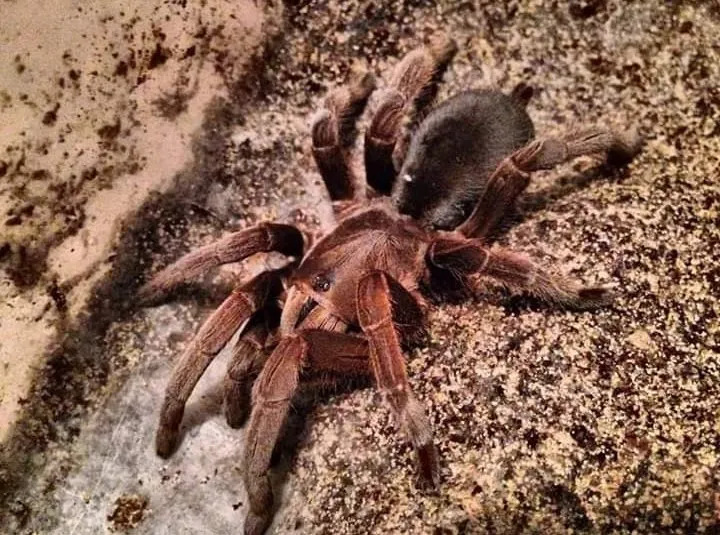Queensland Tarantulas Fact 1 Appearance
Queensland, Australia, is home to several fascinating tarantula species, each with unique characteristics. Understanding these creatures starts with their appearance. These spiders are generally large, hairy, and imposing, immediately capturing attention. The coloration of these tarantulas can vary widely, from shades of brown to black, with some species displaying vibrant orange or reddish hues on their legs and bodies. The size is also a key identifier; they can range from a few centimeters in leg span for juveniles to over 20 centimeters for mature adults, making them some of the largest spiders in the world. Their bodies are divided into two main parts cephalothorax and abdomen, and their eight legs are covered in sensory hairs. These hairs, along with their large fangs, play vital roles in their survival, assisting them in hunting, and protecting themselves.
Understanding Tarantula Size and Color
The size and color of Queensland tarantulas are essential aspects of their identification. Size varies significantly depending on the species and the spider’s age. Juvenile tarantulas are much smaller, often only a few centimeters across, while fully grown females can reach impressive sizes. Coloration is another key feature. Some species are predominantly brown or black, blending in with the forest floor, while others have striking patterns and colors, potentially serving as camouflage or a warning signal to predators. For instance, the Queensland whistling spider can have a reddish-brown appearance. Observing these traits carefully can help you distinguish between different species and understand their adaptation strategies within their environment. Always observe them from a safe distance.
Distinguishing Features of Queensland Tarantulas
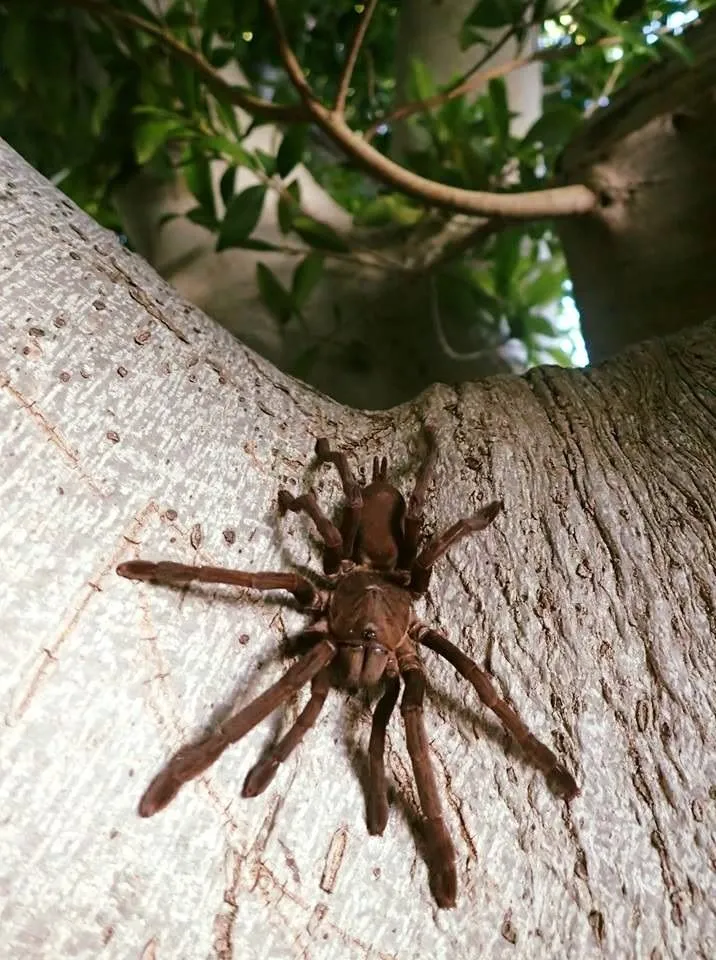
Beyond size and color, other features help identify Queensland tarantulas. The presence and arrangement of hairs on their legs and bodies can vary, as can the shape of their fangs and the patterns on their abdomens. Some species have a distinctive ‘whistling’ sound they make when threatened, which helps in identification. These spiders also have spinnerets at the end of their abdomen, which they use to produce silk for constructing burrows and traps. Careful examination of these features, combined with knowledge of the local habitat, can lead to accurate species identification. Always approach such identification with caution and from a safe distance, as tarantulas can defend themselves if they feel threatened.
Queensland Tarantulas Fact 2 Habitat
The habitat of Queensland tarantulas is a crucial aspect of their survival, dictating their behavior, diet, and overall lifestyle. These spiders are primarily terrestrial, preferring to live in burrows they dig in the ground. These burrows provide shelter from the elements, protection from predators, and a stable environment for regulating temperature and humidity. The specific habitat preferences vary among different species, with some favoring rainforest environments and others adapting to drier, more open areas. Understanding their habitat requirements is essential for conservation efforts and for appreciating the diverse ecological roles these spiders play in Queensland’s ecosystems. The type of soil, availability of prey, and presence of suitable vegetation are all important factors that influence where tarantulas choose to establish their homes.
Where Tarantulas Thrive in Queensland
Queensland’s diverse landscapes provide various habitats for tarantulas to thrive. The spiders are commonly found in rainforests, woodlands, and grasslands. The humid, well-drained soil of rainforests offers ideal burrowing conditions and an abundance of prey. Woodlands provide a mix of shelter and foraging opportunities, while grasslands may be favored by some species due to the open spaces and readily available insects. Areas with moderate temperatures and consistent rainfall are generally preferred, as they support the insects and other invertebrates that tarantulas feed on. Knowing these preferred locations can help in understanding tarantula distribution and the factors that influence their population densities across the state. Be aware and always respect their territory.
Microclimates and Tarantula Preferences
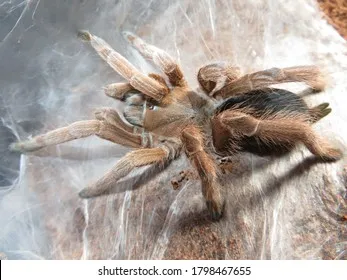
Microclimates play a vital role in tarantula habitat preferences. These spiders select specific areas within broader habitats that offer optimal conditions for survival. Factors such as the amount of sunlight, humidity levels, and soil composition can vary greatly within a small area. For example, a tarantula might choose to burrow under a log or near the base of a tree to maintain a consistent temperature and moisture level. They often prefer locations that are sheltered from direct sunlight during the hottest parts of the day and that provide good drainage to prevent flooding of their burrows. Understanding these microclimatic preferences can help scientists and enthusiasts better appreciate the complex relationship between tarantulas and their environment, as well as helping with conservation efforts.
Queensland Tarantulas Fact 3 Diet
The diet of Queensland tarantulas primarily consists of insects and other invertebrates, though they may occasionally consume small vertebrates. As ambush predators, they typically wait in or near their burrows, sensing vibrations in the ground. When prey comes within range, they quickly pounce, injecting venom to immobilize it. The type of prey varies depending on the tarantula species, size, and availability of food within their local environment. Understanding their dietary habits is crucial for appreciating their ecological role as a natural form of pest control, helping to maintain the balance of their local ecosystems. The tarantulas are opportunistic feeders, consuming whatever is readily available within their immediate surroundings. They are essential in regulating the population of insects and other small animals.
What Do Queensland Tarantulas Eat?
Queensland tarantulas feed on a variety of insects and other invertebrates. Common prey items include crickets, grasshoppers, beetles, and other spiders. Larger tarantulas may also consume small vertebrates, such as lizards, frogs, and even small birds. The specific diet can vary depending on the location and the time of year. For example, during the wet season, when insect populations are higher, tarantulas may have a more abundant and diverse food supply. The spiders are adept hunters, using their fangs to inject venom that paralyzes their prey before consuming it. After catching the prey, they break it down into a digestible form by secreting digestive enzymes, which they then suck up. They are important predators in their ecosystems, helping control invertebrate populations.
Feeding Habits of Tarantulas
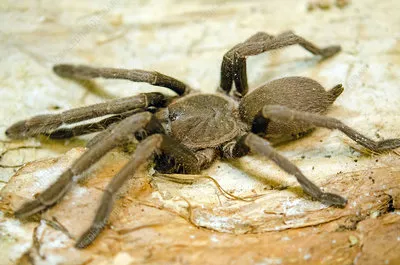
The feeding habits of Queensland tarantulas are fascinating. They are patient hunters, often waiting for hours or even days near their burrows before an opportunity arises. Once prey is detected, they move quickly and efficiently, using their powerful fangs to inject venom. After the prey is subdued, the tarantula begins the feeding process. They secrete digestive enzymes onto the prey, breaking down the internal organs into a liquid form that they can consume. The process may take several hours, depending on the size of the prey. These spiders may eat only a few times per month, particularly when prey is scarce. They are well-adapted to survive long periods without food, making them successful predators in variable environments.
Queensland Tarantulas Fact 4 Behavior
The behavior of Queensland tarantulas is highly attuned to their survival needs, encompassing hunting, reproduction, and self-defense. They are generally solitary creatures, except during mating season. They spend much of their time in their burrows, emerging to hunt or to find a mate. The behavior of these spiders is largely influenced by their environment, including factors such as temperature, humidity, and the availability of food. The spiders use vibrations to detect prey and potential threats, making them highly sensitive to movement in their surroundings. They are well-adapted to their lifestyle, showcasing a complex array of behaviors that help them survive and thrive. These behaviors are essential to understanding how they live within their ecosystem.
Common Behaviors and Characteristics
Common behaviors and characteristics of Queensland tarantulas include their burrowing habits, hunting techniques, and mating rituals. They are known for constructing elaborate burrows, which serve as homes and shelters. They are nocturnal hunters, preferring to hunt at night when prey is most active. During mating season, males embark on a quest to find females, often engaging in courtship displays. Females lay eggs in silken sacs, which they protect until the spiderlings hatch. The spiders are generally docile, but they can become defensive if they feel threatened. Their lives revolve around ensuring they survive and continue their genetic line. Understanding these behaviors provides valuable insights into their ecology and their role in the environment.
Defensive Mechanisms
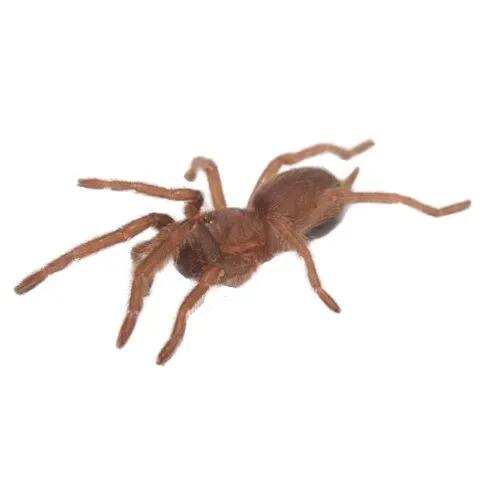
Queensland tarantulas have several defensive mechanisms to protect themselves from predators. One of the most common is their ability to flick urticating hairs from their abdomen, which can cause irritation to the eyes, skin, and respiratory system of an attacker. They also possess large fangs and can bite if provoked. Some species may also produce a hissing or whistling sound as a warning. Their burrows offer protection from predators, and they will retreat into them if they feel threatened. They have also adopted other techniques to avoid threats, such as camouflage and cryptic coloration, which help them to blend into their surroundings. Recognizing the defensive strategies is important when considering conservation.
Queensland Tarantulas Fact 5 Conservation
Conservation efforts are vital for protecting Queensland tarantulas, many of which face threats from habitat loss, climate change, and human activities. Deforestation, urbanization, and agricultural expansion destroy their habitats, reducing the areas where they can live and reproduce. Climate change is affecting temperature and rainfall patterns, which in turn, can affect their behavior. Human activities, such as the collection of tarantulas for the pet trade and the use of pesticides, also pose significant challenges. Conserving these unique species requires a multi-faceted approach, including habitat preservation, education, and responsible practices. Understanding the threats and supporting conservation efforts is essential to ensure that future generations can appreciate these fascinating creatures.
Threats to Queensland Tarantula Populations
Several threats endanger Queensland tarantula populations. Habitat destruction is one of the most significant, as forests and grasslands are cleared for development and agriculture, destroying burrows and reducing prey availability. Climate change is also impacting their habitats, with increased temperatures and changes in rainfall patterns, which can disrupt their life cycles. The illegal collection for the pet trade can deplete wild populations, and the use of pesticides can poison their prey and reduce overall numbers. These threats combine to create a complex set of challenges for their survival. Public awareness and action are therefore crucial for their protection. Conservation strategies must include addressing these direct and indirect threats.
Conservation Efforts
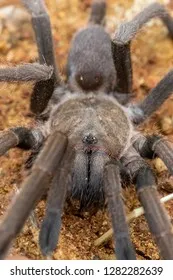
Effective conservation efforts are essential to protect Queensland tarantulas. These efforts include protecting and restoring their habitats through the establishment of protected areas and wildlife corridors. Education programs are vital in raising awareness and promoting responsible practices. Regulating and enforcing the pet trade, and the use of pesticides, is also important. Community involvement is vital, as local communities play a key role in monitoring tarantula populations. Researchers can help by gathering data on their distribution, population size, and behavior. By working together, communities can safeguard these amazing creatures and ensure their survival for future generations. All of these actions contribute to the long-term health and resilience of tarantula populations.
